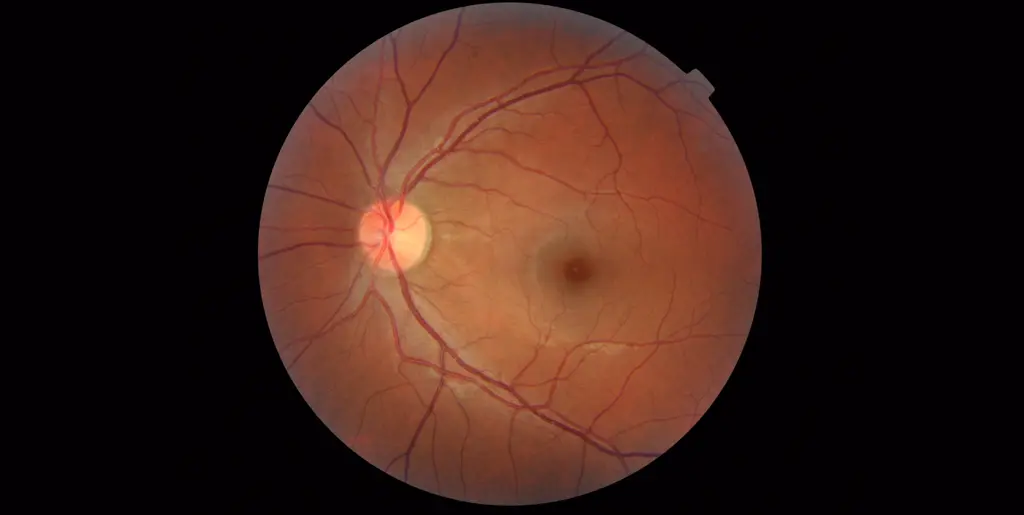Here are some simple but effective ways of winning AMD over rather than getting subdued by it:
Say No to Smoking: Because, of all reasons, smokers are two to three times more vulnerable to AMD as compared to those who stay away from smoking, according to research.
Mend Your Food Intake: Research also suggest consuming more of brightly colored fruits and vegetables to make sure you stay away from the dreadfulness of AMD. It’s more like consuming the rainbow in fruits and veggies to keep rainbows in your eyes alive for as long as possible. This is because of the protective and supportive role played by the antioxidants found abundantly in collection of colorful fruits and veggies. Similarly, including fatty fish like salmon and tuna helps in keeping your eyes healthy against ailments like AMD because of the high omega-3 fatty acids.
Get Regular Eye Checkups: Not only shall you get regular checkups from your ophthalmologist and optometrist, keeping track of your overall health, especially blood pressure and cholesterol is also highly advisable. According to NEI, healthy blood pressure and cholesterol levels are helpful in slowing down the progress of AMD.
Consider Appropriate Supplements: Another NEI research reveals the results of a 10-year clinical trial, according to which people affected with moderate AMD reported of 25% lower risk of vision loss when they took a formula comprised of certain antioxidants along with zinc. So, make sure you communicate with your eye doctor about the AREDS formula (based on the Age-Related Eye Disease Study) and evaluate its feasibility for yourself.
Low Vision Aids: If you suffer from significant vision loss due to age-related macular degeneration, don’t shy from consulting eye doctors and low vision centers who can often recommend helpful suggestions as well as specialized products aimed at improving your quality of life and improving some of your functional vision.
These devices can range from anything like high-powered reading glasses (bifocals), hand-held devices for reading, telescopic lenses, magnifiers as well as closed-circuit televisions. Some other specialized products for low vision inflicted by AMD include books with large prints, clocks with large numbers and stove dials and electronic talking devices.
Most of all, perhaps, you can be relieved by tech-based low vision aids, which resort to latest VR technology to enhance your vision, hold the potential to dramatically improve your vision.







